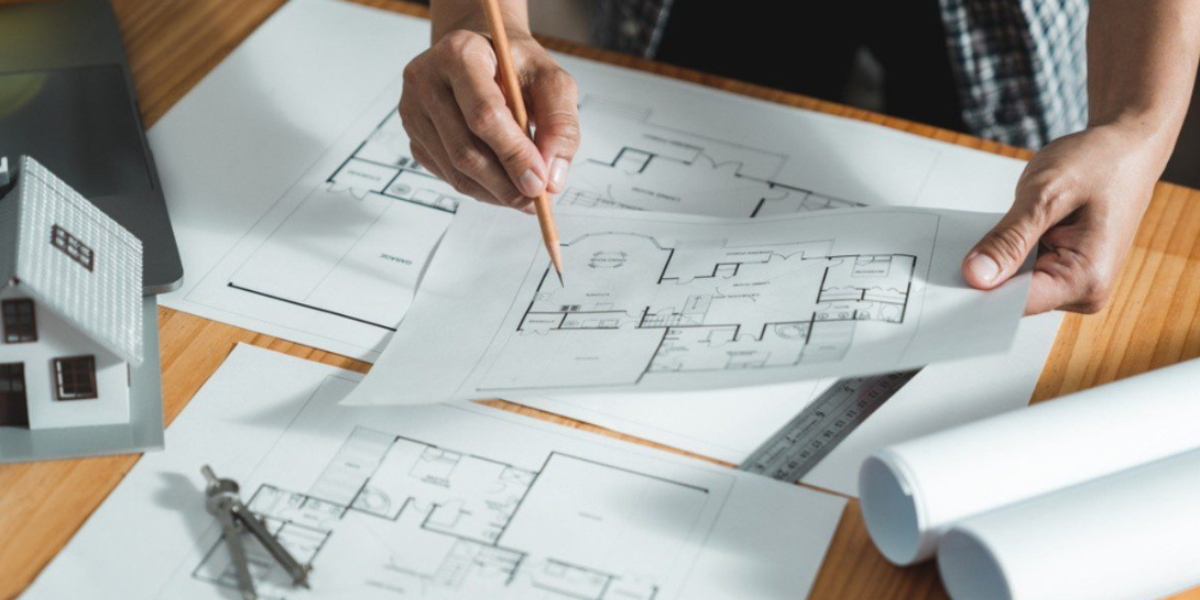Planning is one of the most important parts of any construction project. Whether you are building a house, a school, or an office, having a clear and safe plan in place is vital.
One important document that helps with this is called a Construction Phase Plan (CPP). In this blog, we will explain what a CPP is, why it matters, and how to create one that really works.
What is a Construction Phase Plan (CPP)?
A Construction Phase Plan is a document that outlines all the health and safety rules for a building site. It is a legal requirement in the UK under the CDM (Construction Design and Management) Regulations 2015. Every project, no matter how big or small, must have a CPP before any work begins on site.
It includes details like:
- What work will be done
- Who will be working on site
- What risks are involved
- How people will stay safe
- Who is in charge of what
Think of it as a safety guidebook made just for your construction project.
Why Is a Construction Phase Plan Important?
A good CPP helps make sure that everyone on the site knows the rules. It also keeps people safe by spotting dangers before they happen.
Without a CPP, things can go wrong. Accidents can happen. People can get hurt. And if there is no CPP, the people running the project can get in trouble with the law.
Also, having a strong CPP shows that you take safety seriously. This builds trust with clients, workers, and inspectors.
Who Should Create the CPP?
If the project involves more than one contractor, then the Principal Contractor is in charge of writing the CPP. If there is only one contractor, then that contractor must prepare it.
The person writing the CPP must understand the job, the risks, and how to manage those risks. They must update the plan if things change on site.
When Do You Need a CPP?
A CPP must be in place before any work starts. That means before the first shovel hits the ground, the plan should be ready. It must also be updated if anything about the project changes.
For example:
- If new contractors join
- If the work changes
- If the site conditions change
The plan must always match what is really happening on site.
Read more: Navigating Challenges, Shaping the Future of Construction
What Should a Good CPP Include?
Let’s look at the key parts of an effective Construction Phase Plan:
1. Project Information
This includes the name and address of the project, start and end dates, and the names of key people like the client, principal contractor, and designer.
2. Description of Work
This should explain what kind of building work will happen, how it will be done, and how long it will take.
3. Management Structure
This lists who is in charge of what. It includes site managers, supervisors, and safety officers. Everyone should know their role.
4. Site Rules
These are the basic rules for working safely. They might include:
- Wearing hard hats and safety boots
- No smoking on site
- Where to park vehicles
- How to report problems
5. Risk Assessments
Every site has dangers. These can be things like working at height, using heavy machines, or lifting heavy loads. The CPP must list these risks and how to reduce them.
6. Emergency Procedures
If something goes wrong, everyone must know what to do. The plan must include:
- Fire safety plans
- First aid stations
- Evacuation routes
- Emergency contact numbers
7. Welfare Facilities
The site must have toilets, hand-washing stations, and places to rest or eat. The CPP should explain where these are and how they are kept clean.
8. Health Risks
There are some hidden dangers on sites, like dust or noise. The plan must show how these are controlled.
Making the Plan Easy to Understand
Use simple language. Use short sentences. Use headings and bullet points. Everyone on site should be able to read and understand the CPP, even if English is not their first language.
You can also use pictures, maps, or charts to help explain things.
Keeping the Plan Up to Date
A Construction Phase Plan is not something you write once and forget. It must be updated whenever things change. For example:
- A new crane is brought on site
- A new type of work starts
- Weather conditions change
By keeping the CPP current, you make sure it always matches what’s happening.
Making Safety a Team Effort
A good CPP is more than just a file. It should be part of daily life on site. Here are some tips:
- Talk about the CPP during site inductions
- Use it during safety briefings
- Post parts of it on walls or notice boards
- Get feedback from workers
When everyone is involved, the site becomes safer.
Mistakes to Avoid
Some people make these common mistakes when creating a CPP:
- Copying old plans without updating them
- Using complex words no one understands
- Leaving out small jobs
- Not reviewing the plan regularly
Avoiding these mistakes helps keep the plan useful.
How a Strong CPP Helps the Whole Project
Having a clear and simple CPP helps:
- Prevent accidents
- Save time
- Avoid legal problems
- Keep workers happy and safe
- Build a good reputation for your business
For example, companies like GSM Builders always make safety a top priority by preparing detailed Construction Phase Plans for every project.
Digital Tools for CPPs
There are many apps and software tools that can help create, update, and share CPPs. These tools make it easy to:
- Store safety documents
- Track changes
- Share updates with teams in real-time
Using digital tools also means less paperwork and faster communication.
Final Thoughts
A Construction Phase Plan is not just about following the law. It is about protecting people and making construction safer. By keeping the CPP clear, up to date, and easy to follow, you help your project succeed.
Whether you are working on a small job or a big one, a good CPP shows that you care. It shows that your team matters. And it shows that you are ready to build safely and smartly.
If you follow these simple steps, your CPP will not just meet the rules. It will help shape a better future for construction. For more construction queries visit Gsm Builders.



